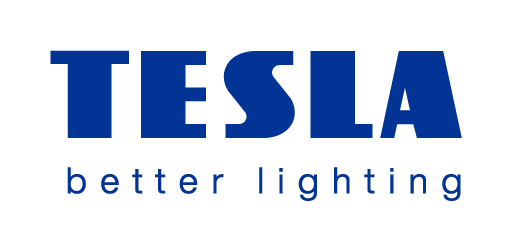TESLAbikář or how to choose the right LED bulb
1. part of LED bulb socket
![]() In general, we can encounter terms such as sleeve, thread, counterbore, socket, etc. We will use a single term sockets. What is it then? The socket fixes the LED bulb to the luminaire. Only with the right socket can we insert the source into the luminaire. It's a basic and key parameterbecause if we have a screw socket in the lamp, we can never put a pin socket in it - different types of sockets are not compatible with each other.
In general, we can encounter terms such as sleeve, thread, counterbore, socket, etc. We will use a single term sockets. What is it then? The socket fixes the LED bulb to the luminaire. Only with the right socket can we insert the source into the luminaire. It's a basic and key parameterbecause if we have a screw socket in the lamp, we can never put a pin socket in it - different types of sockets are not compatible with each other.
The basic socket types offered by TESLA lighting are E27, E14, GU10, GU5,3, G4, G9, GX53, G53.
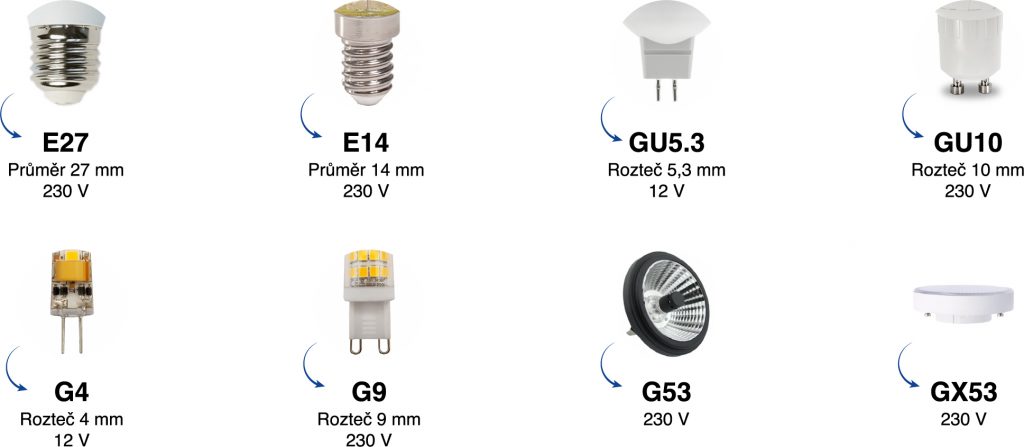
There's no socket like a socket...
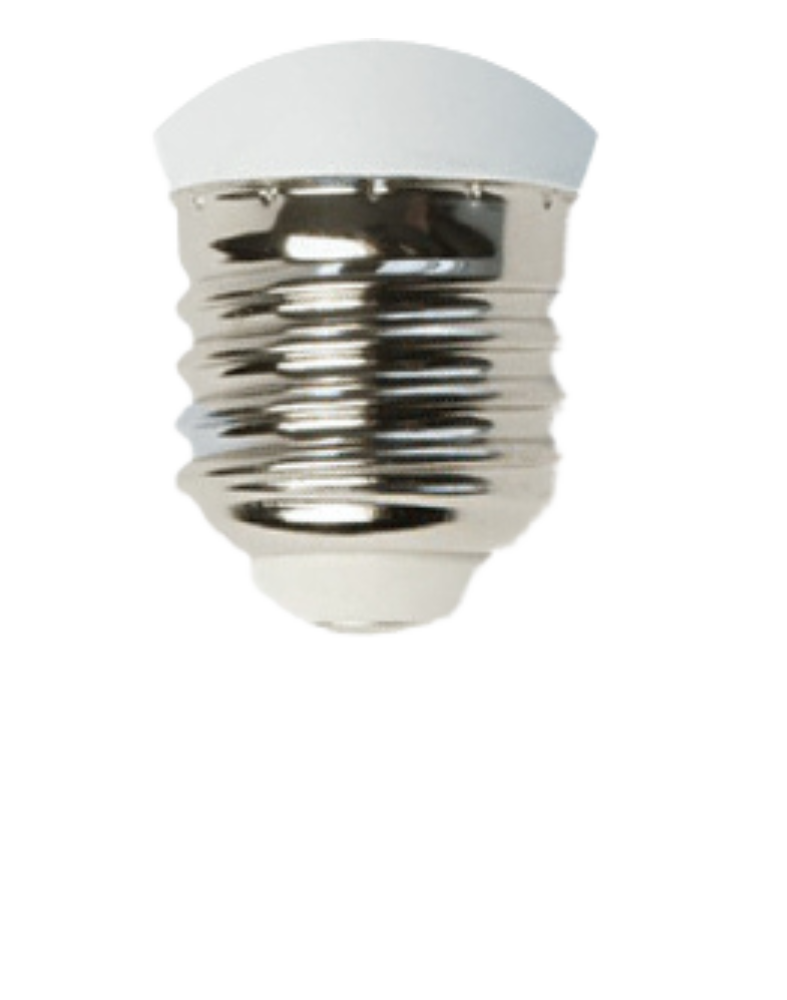 The most common socket for households is E27which is screw-on and has generally replaced the classic filament bulb. It is the most widely used in a conventional lamp or chandelier. The smaller screw socket also finds many uses in the home E14which is inserted into smaller threads, e.g. in table lamps or wall lights.
The most common socket for households is E27which is screw-on and has generally replaced the classic filament bulb. It is the most widely used in a conventional lamp or chandelier. The smaller screw socket also finds many uses in the home E14which is inserted into smaller threads, e.g. in table lamps or wall lights.
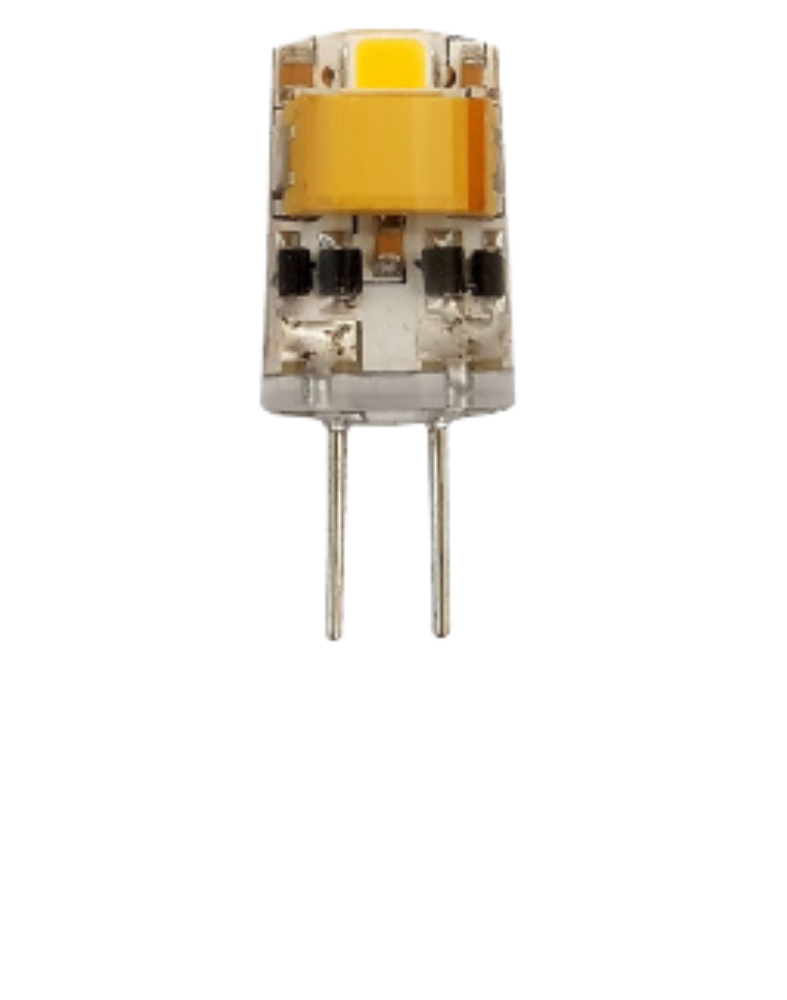 G4 is a threadless socket, which we meet for example in lighting in the kitchen counter. Threadless socket G9 is equipped with two pins that are only tucked in. It is most often found in spotlights and suspended ceilings. It is the smallest size of LED bulbs.
G4 is a threadless socket, which we meet for example in lighting in the kitchen counter. Threadless socket G9 is equipped with two pins that are only tucked in. It is most often found in spotlights and suspended ceilings. It is the smallest size of LED bulbs.
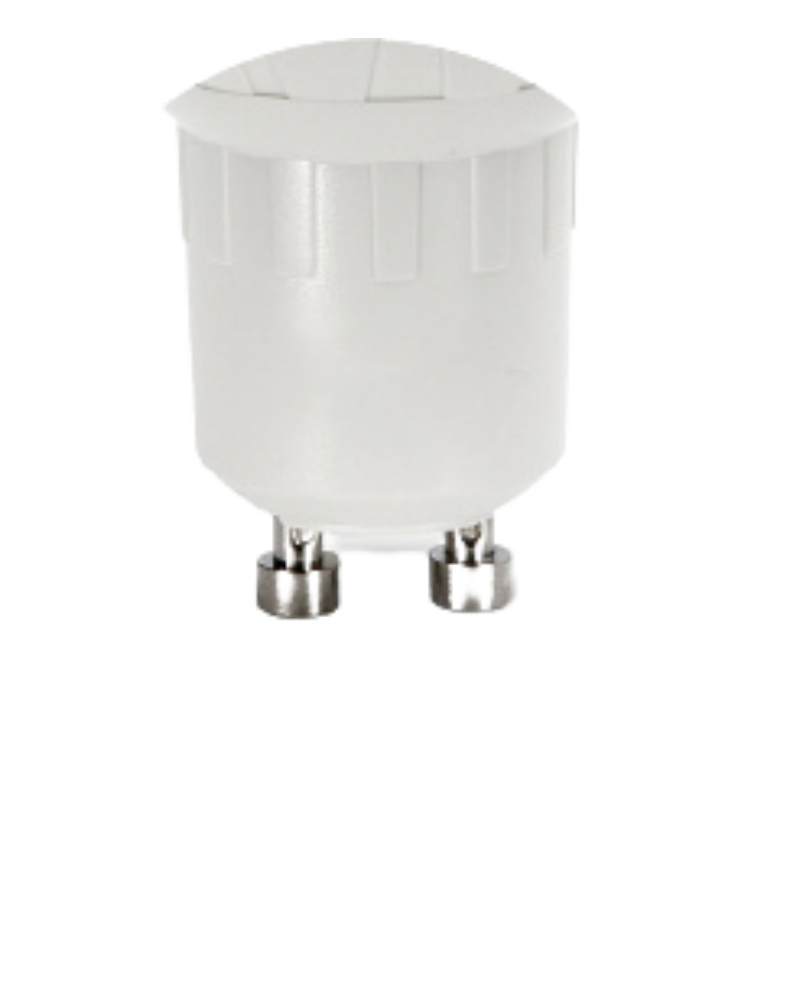 GU10 is a threadless socket with two symmetrical pins with a diameter of 5 mm, which is fixed by inserting and locking. This type of socket is typical for spotlights.
Threadless socket GU5,3 (we can also see the designation MR16) with two symmetrical pins with a diameter of 1 mm is usually used in built-in luminaires.
GU10 is a threadless socket with two symmetrical pins with a diameter of 5 mm, which is fixed by inserting and locking. This type of socket is typical for spotlights.
Threadless socket GU5,3 (we can also see the designation MR16) with two symmetrical pins with a diameter of 1 mm is usually used in built-in luminaires.
 GX53 is also a threadless socket for spotlights.
G53 the threadless socket can be found for example in the LED spotlight.
GX53 is also a threadless socket for spotlights.
G53 the threadless socket can be found for example in the LED spotlight.

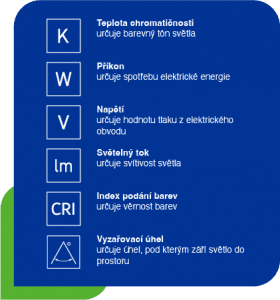
It is absolutely essential to know the type of socket, and this key information can be found directly on our luminaire or in the instruction manual. So all we have to do is look and write down the relevant information. Among other things, we can find out the rated wattage (W) and the voltage of the bulb (V). Alternatively, we can safely remove the existing bulb and read out the required figure. We also take into account the required shape and size of the bulb to fit the luminaire.
LED bulbs can be connected to 230 V, 12 V or 24 V. Higher voltage allows to increase the luminous flux of the luminaire. It is important when powering
to ensure the correct voltage, which is why each LED bulb is marked with this information. In a normal electrical socket, we encounter an AC voltage of 230V/50Hz, which suits common electrical appliances.
The next part will be devoted to the different shapes of LED bulbs that are in the TESLA lighting range.
